Erodium
and California
This site was created and is maintained by Benjamin Coultrup.
Photos all ©Benjamin Coultrup unless otherwise indicated, 1984-
Clade I, Subclade 1
Subgenus Erodium
Clade I, Subclade 2
Subgenus Barbata
Clade II, Subclade 3
Clade II, Subclade 4
-
-
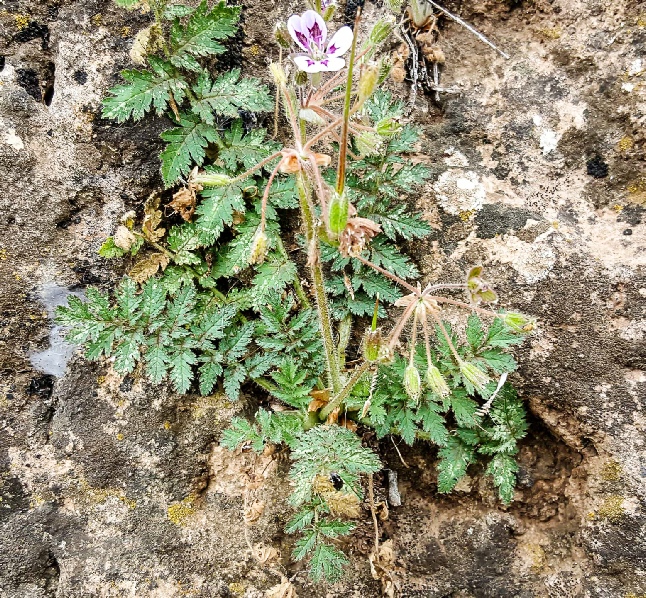
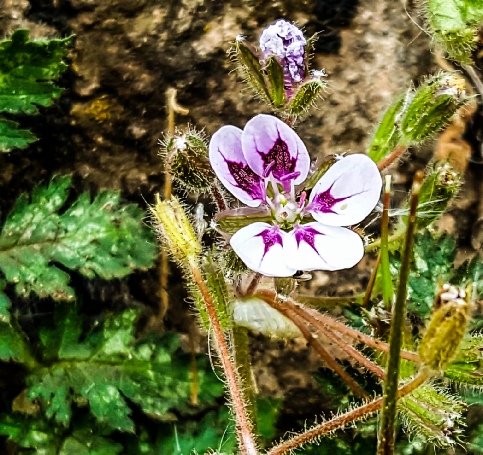
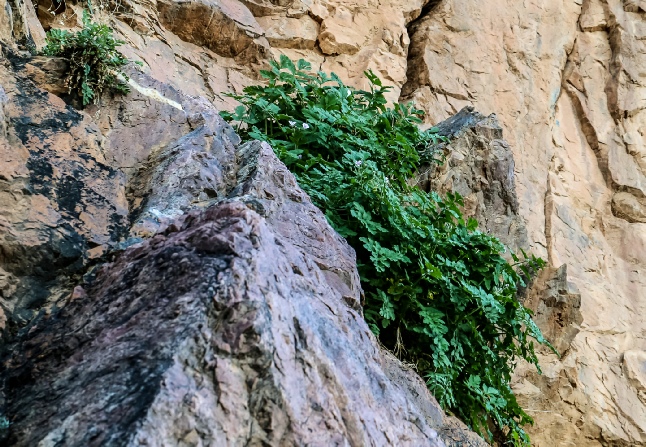
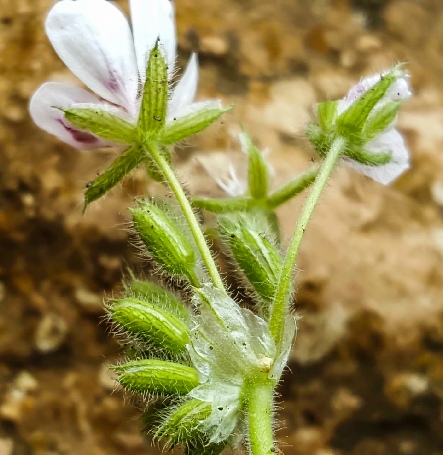
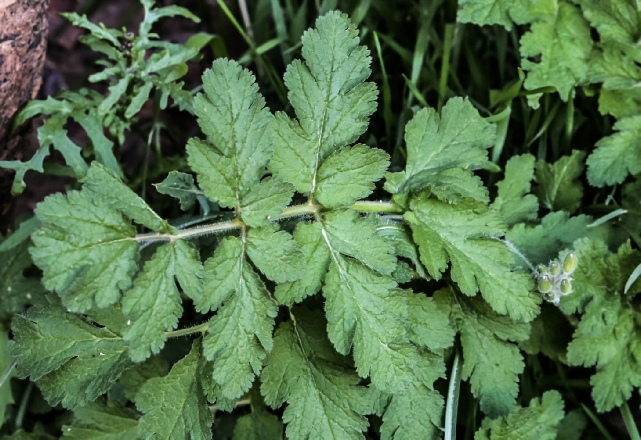
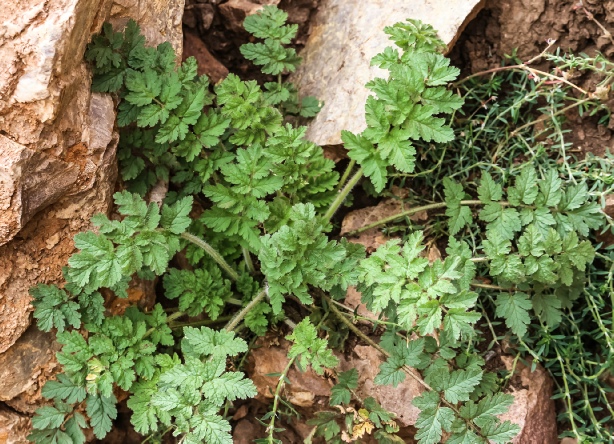
Erodium mouretii Pit.
Perennial caulescent herb, 20-
Leaves: leaves oblong lanceolate, pinnatisect, with ± patent eglandular hairs, and some glandular, especially on the nerves of the underside; segments 5-
Inflorescence: umbels lateral, of (6-
Fruit: fruit 37-
Distribution: endemic to Morocco and southern Spain, in quartz or otherwise siliceous rocks
Notes: it forms fertile hybrids with both E. sebaceum and E. tordylioides, and also annual E. touchyanum. very like E. tordylioides but it grows leafy annual stems 5-
Erodium mouretii Pitard; Cracks of siliceous rocks, El Hajeb, 900 m (Middle Atlas); 27/04/2017; Photo credit : Abdelmonaim Homrani Bakali: licenced under Creative Commons Attribution-
Erodium mouretii Pitard; Cracks of siliceous rocks, El Hajeb, 900 m (Middle Atlas) 27/04/2017; Photo credit : Abdelmonaim Homrani Bakali: licenced under Creative Commons Attribution-
Erodium mouretii Pitard; Igherm, 1785 m, (Anti-
Erodium mouretii Pitard; Igherm, 1785 m, (Anti-
Erodium mouretii Pitard; Igherm, 1785 m, (Anti-